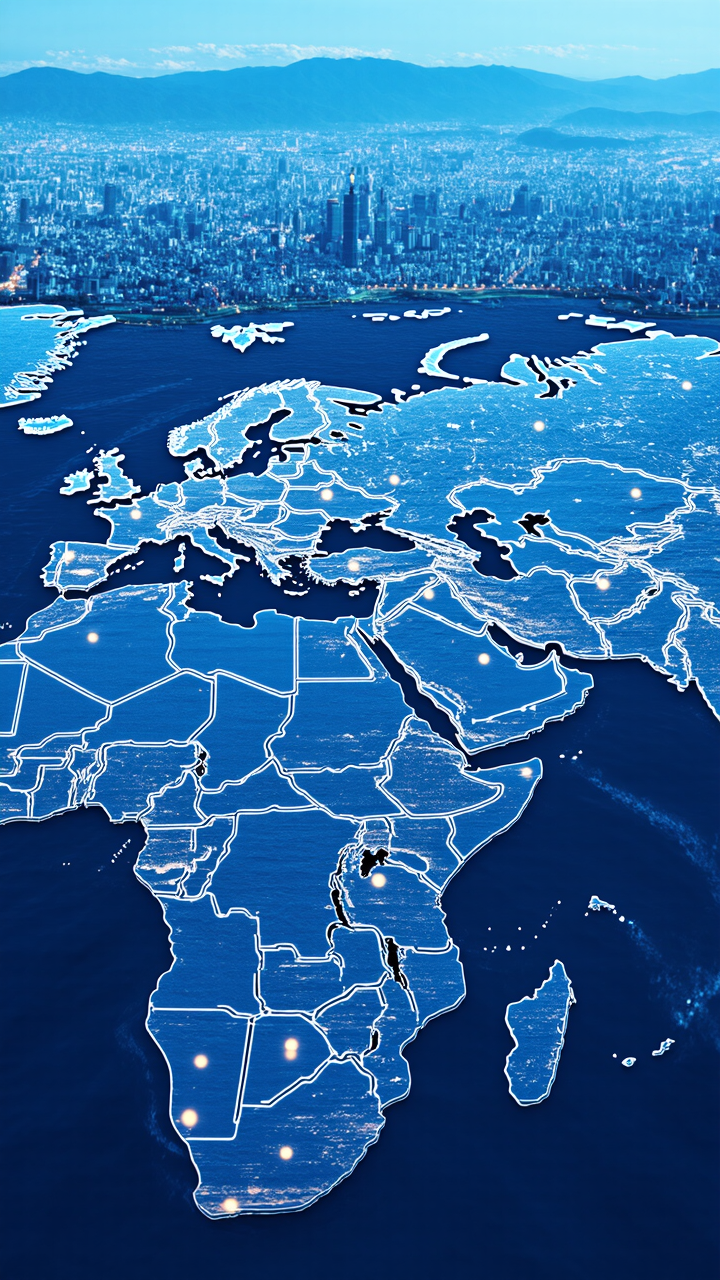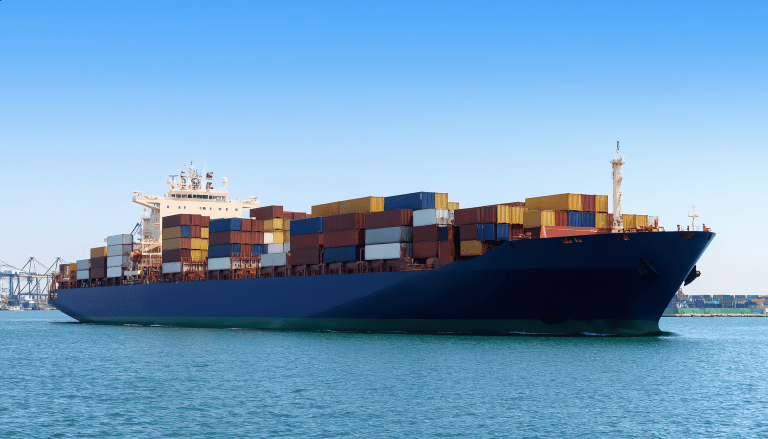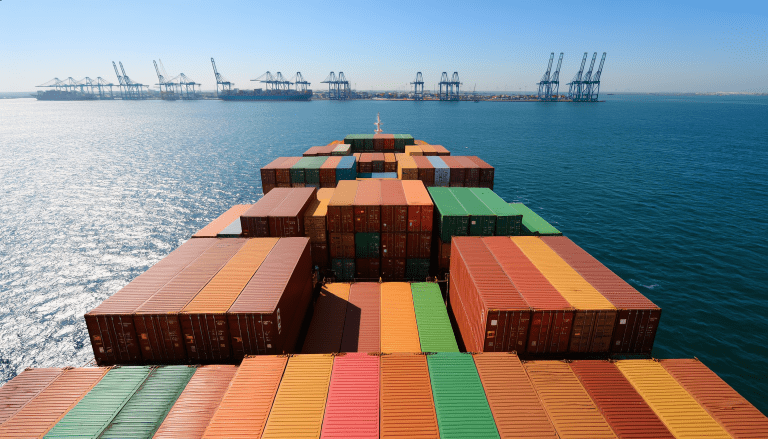What Kind of ‘White’ Is Titanium Dioxide? Have You Ever Wondered?”
What Kind of White Is Titanium Dioxide? Learn More from TiO₂ Manufacturer – Huangyao Chemical
Titanium dioxide, commonly known as TiO₂ or titanium white, is renowned for its excellent whiteness, making it the dominant pigment in inks, coatings, paints, paper, and many other industries. In our daily lives, almost every white or near-white product involves titanium dioxide. Other white pigments, such as lead white, zinc white, lithopone, and basic white, hold much smaller market shares and generally exhibit inferior performance—especially in weather resistance and glossiness—limiting their use to lower-end applications.
Currently, there are two main production methods for titanium dioxide: the sulfate process and the chloride process. Globally, the chloride process accounts for a slightly larger production capacity. However, in China, due to technical reasons, sulfate process manufacturers vastly outnumber chloride process producers, with chloride process output accounting for only 5–8% of total annual production.
The widespread use of the sulfate process is due to its long development history, mature technology, low equipment requirements, and tolerance for raw materials such as ilmenite and titanium slag. This process can produce both rutile and anatase types of titanium dioxide. It has low infrastructure demands and a relatively short production ramp-up time. Consequently, sulfate process titanium dioxide has been widely replicated and holds a significant position in the industry. Compared to the chloride process, the sulfate method has drawbacks: it involves lengthy operational procedures, complex roles, low mechanization, many process variables, and limited parameter control. Moreover, it generates large amounts of “three wastes” (waste gas, wastewater, and solid waste), causing severe pollution and high energy consumption. Although the sulfate process faces increasing pressure to be replaced, it remains vigorous and will likely continue to play an important role for the foreseeable future.
While the chloride process is more advanced, featuring shorter workflows, higher automation, and stable product quality, it suffers from challenges such as difficult raw material sourcing and higher costs. Although its “three wastes” emissions are lower, when considering waste generated by producing titanium slag and synthetic rutile, the total emissions remain substantial. The chloride method is technically complex, requires high-grade equipment and materials, and thus faces difficulties in widespread adoption.
Among titanium dioxide’s various properties, whiteness is a key metric. Although TiO₂ exhibits high whiteness, its exact value is not fixed and varies according to production methods and process parameters—the higher, the better. There is relatively limited research domestically and internationally on factors influencing TiO₂ whiteness, and most literature provides broad explanations. For example, Sun Li studied the relationship between particle size, shape, distribution, impurities, and crystal defects with whiteness but did not provide a definitive theoretical explanation. Li Junfeng, Zhang Bingbing, and others focused on surface treatment impacts, noting that slurry dispersibility, pH value, and the order of chemical addition significantly affect product performance, but with limited discussion on whiteness itself. Qiao Liang did not research TiO₂ whiteness directly but studied whiteness in soda ash, concluding that particle size, iron content, and production technology strongly influence product properties.
Founded in 2015, Huangyao Chemical has evolved from a single chemical trading business into an international one-stop plastic solutions provider. Its group headquarters is located in Taipei, one of Asia’s most livable cities, leading market development across Greater China, East Asia, and West Asia. Since 2020, Huangyao Chemical and its sister companies—Pegasus Chemical and Huangqi Chemical—have been promoting titanium dioxide (TiO₂) businesses for Tronox pigments across South China, East China, Taiwan, and Southeast Asia.









